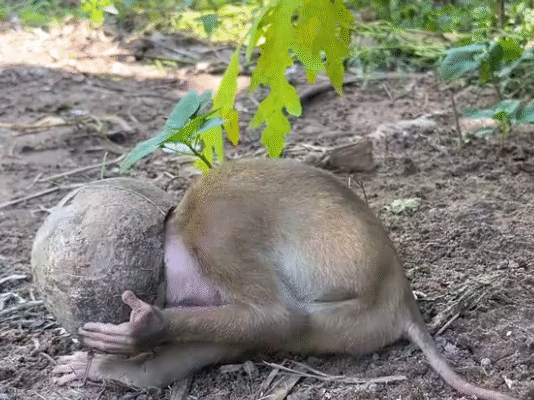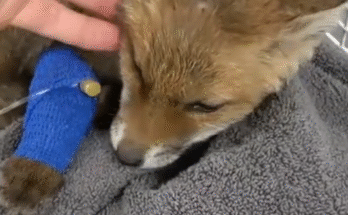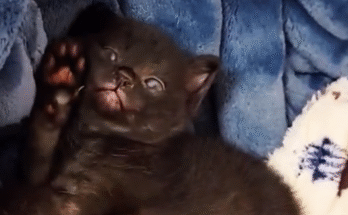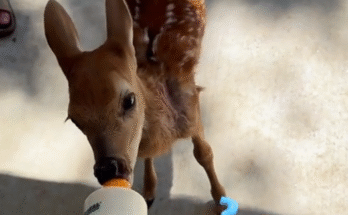In a peaceful village nestled on the edge of a tropical forest, the days were warm, the trees heavy with coconuts, and the animals roamed freely under the watchful eyes of kind-hearted locals. Among the many creatures who called this place home was a curious baby monkey named Miko. Miko was small, with soft golden-brown fur, big round eyes, and a tail that curled like a question mark. He was known for being especially playful—and a bit too curious for his own good.
One sunny afternoon, while the villagers rested in their hammocks and the forest buzzed with the hum of insects, Miko wandered away from his family. He had spotted something shiny on the ground under a tall coconut palm. His tiny hands scurried across the dirt, and there it was: a cracked-open coconut half with just enough leftover milk to sparkle in the sunlight. It smelled sweet and tempting. Miko’s little nose twitched as he inched closer, sniffing the coconut curiously.
He looked around. No one was watching. The other monkeys were swinging above, and the village dogs were snoozing in the shade. With a giggle-like chirp, Miko grabbed the coconut with both hands and brought it close. Then, in a moment of pure baby monkey mischief, he tried to stick his head inside to lick the remaining milk.
At first, everything seemed fine. His little tongue happily slurped the coconut water, and he let out a satisfied coo. But when he tried to pull his head out—nothing happened. The coconut was stuck. Firmly. His small ears were pressed tightly to the inner edges, and the rough shell wouldn’t budge.
Miko panicked.
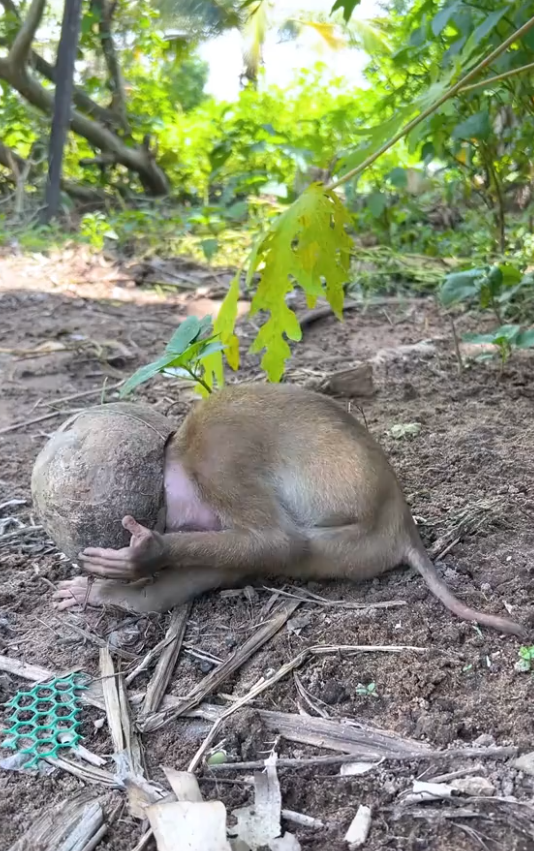
He staggered backward, shaking his head wildly. The coconut didn’t move. He tried to pull it off with his tiny fingers, but the more he struggled, the more stuck it became. He let out a series of high-pitched squeaks—distress calls. The forest birds went silent for a moment, and the older monkeys stopped what they were doing.
From high above, Mama Monkey swung down with alarm in her eyes. When she saw her baby with a coconut on his head, she dropped to the ground and rushed to his side. She tried tugging at the coconut gently with her hands, but Miko squealed in discomfort. He thrashed, bumping into tree trunks and falling over tufts of grass.
The village children soon heard the commotion. One little girl named Lina, who often played with the monkeys and fed them bananas, came running. “Miko?” she called, recognizing the baby monkey’s frantic sounds. When she saw him, she gasped. “Oh no, silly Miko, what did you do?”
By then, a few more villagers had gathered, all watching with concern and amusement. One elderly man chuckled and said, “That monkey’s as stubborn as my grandson!” But they all knew that this wasn’t just funny—it could be dangerous if Miko couldn’t breathe properly or hurt himself while panicking.
Lina knelt beside Miko and tried to soothe him, gently stroking his back. “Shh, it’s okay. We’re going to help you,” she whispered. Miko’s tiny body trembled, but he stopped moving so much. He could feel the kindness in her touch.
One of the villagers, Uncle Thom, who was a retired carpenter, had an idea. “Bring me a towel and a small saw—not too sharp,” he said. “We need to be careful.”
Within minutes, Uncle Thom had a soft cloth wrapped around Miko’s shoulders to keep him calm and still. Mama Monkey stayed close, watching with worried eyes. With steady hands, Uncle Thom started to slowly saw around the edge of the coconut shell, just enough to loosen it but not close enough to touch Miko’s head.
Everyone held their breath. Sawdust from the coconut fell like snow. Miko whimpered now and then but stayed surprisingly still, trusting the humans around him.
And then—it popped off!
The coconut shell fell away, and Miko blinked rapidly, stunned by the sudden brightness. He let out a sneeze and then another, before collapsing into Lina’s arms with a sigh of relief. The crowd clapped and laughed with joy.
“Miko the Coconut Head!” one boy shouted, and the nickname stuck. From that day on, Miko was both a local celebrity and a cautionary tale.
Lina carried him to the nearby stream to wash his face. His fur was sticky with coconut milk, and a few ants had even climbed on him. But once he was clean, he looked like his old self again—bright-eyed and curious.
The villagers gave him a few banana slices and some fresh water. Mama Monkey groomed his fur lovingly, chattering softly as if scolding him for his foolishness. But Miko didn’t seem to mind. He was just happy to be free.
Later that evening, as the sun set and the sky turned pink and gold, Miko sat on a tree branch near Lina’s porch, holding a piece of coconut in his hands—this time properly cracked and safe. He took small bites, making sure to keep it far away from his head.
The story of the baby monkey and the coconut traveled fast. Tourists who visited the village later asked to meet “the monkey who got stuck.” Some even brought little coconut toys or carvings as gifts. One artist painted a picture of Miko with a coconut helmet, and it was hung in the village café.
But the best part? Miko became more careful. Well, a little more careful. He still got into trouble now and then—like sneaking into laundry baskets or playing with people’s flip-flops—but whenever he saw a coconut, he sniffed it, poked it with a stick, and then wisely walked away.
As for Lina, she and Miko became even closer friends. She would sit on the porch with a book while Miko curled up next to her, his head safely coconut-free. And sometimes, she’d tell him the story again, as if he could understand.
“One day,” she’d begin, “a baby monkey got his head stuck in a coconut…”
And Miko would cover his face with his hands in mock embarrassment, as if to say, Yes, yes, I remember. Let’s never do that again!
